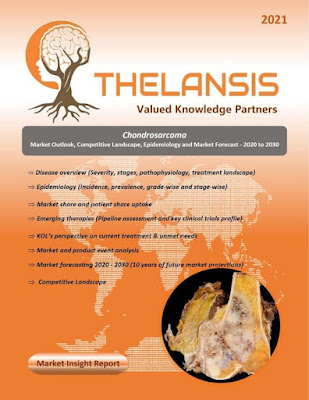Scars – Market Outlook, Epidemiology, Competitive Landscape, and Market Forecast Report – 2023 To 2033
Scars are a natural part of the body's healing process. They are made up of collagen, a protein that helps to repair damaged tissue. Scars can vary in appearance depending on the injury's severity, the scar's location, and the person's skin type. Some scars are flat and fade over time; others are raised, red, and itchy. Scars can be caused by:
- Injuries: Cuts, scrapes, burns, and other injuries can all cause scars.
- Surgery: Surgery often leaves scars.
- Skin conditions: Some skin conditions, such as acne and chickenpox, can cause scars.
- Medical conditions: Some medical conditions, such as keloids and hypertrophic scars, can cause abnormal scar tissue to form.
There are five main types of scars:
- Fine-line scars: These are the most common type of scar caused by minor wounds that heal without complications. They are usually raised at first but gradually fade and flatten over time.
- Keloid scars: These scars are caused by an overgrowth of scar tissue. They are raised, red, and can be itchy or painful. Keloid scars can extend beyond the boundaries of the original wound.
- Hypertrophic scars: These scars are similar to keloid scars but do not extend beyond the boundaries of the original wound. They are raised and red but not usually as itchy or painful as keloid scars.
- Pitted or sunken scars: These are caused by losing underlying fat or tissue. They can be caused by acne, chickenpox, or other skin conditions.
- Scar contractures: These scars are caused by the skin "shrinking" after an injury. They can restrict movement and can be painful.
The type of scar you develop will depend on your injury's severity, genetics, and skin type. There are treatments available for some types of scars, such as laser therapy, steroid injections, and silicone sheets. The main risk factors include age, allergic predisposition, bacterial colonization within the wound (with or without infection), and cutaneous tension. Most hypertrophic scars are commonly observed in individuals aged 11 to 30 years. This trend can be attributed to looser skin and a diminished inflammatory response as one age.
- The estimation suggests that over half of the patients express dissatisfaction with the way their scars look, with around 20% experiencing anxiety and a majority of over 50% indicating that the presence of their scars impacts their sense of privacy.
Thelansis’s “Scars Market Outlook, Epidemiology, Competitive Landscape, and Market Forecast Report – 2023 To 2033" covers disease overview, epidemiology, drug utilization, prescription share analysis, competitive landscape, clinical practice, regulatory landscape, patient share, market uptake, market forecast, and key market insights under the potential Scars treatment modalities options for eight major markets (USA, Germany, France, Italy, Spain, UK, Japan, and China).
KOLs insights of Scars across 8 MM market from the centre of Excellence/ Public/ Private hospitals participated in the study. Insights around current treatment landscape, epidemiology, clinical characteristics, future treatment paradigm, and Unmet needs.
Scars Market Forecast Patient Based Forecast Model (MS. Excel Based Automated Dashboard), which Data Inputs with sourcing, Market Event, and Product Event, Country specific Forecast Model, Market uptake and patient share uptake, Attribute Analysis, Analog Analysis, Disease burden, and pricing scenario, Summary, and Insights.
Thelansis Competitive Intelligence (CI) practice has been established based on a deep understanding of the pharma/biotech business environment to provide an optimized support system to all levels of the decision-making process. It enables business leaders in forward-thinking and proactive decision-making. Thelansis supports scientific and commercial teams in seamless CI support by creating an AI/ ML-based technology-driven platform that manages the data flow from primary and secondary sources.



Comments
Post a Comment